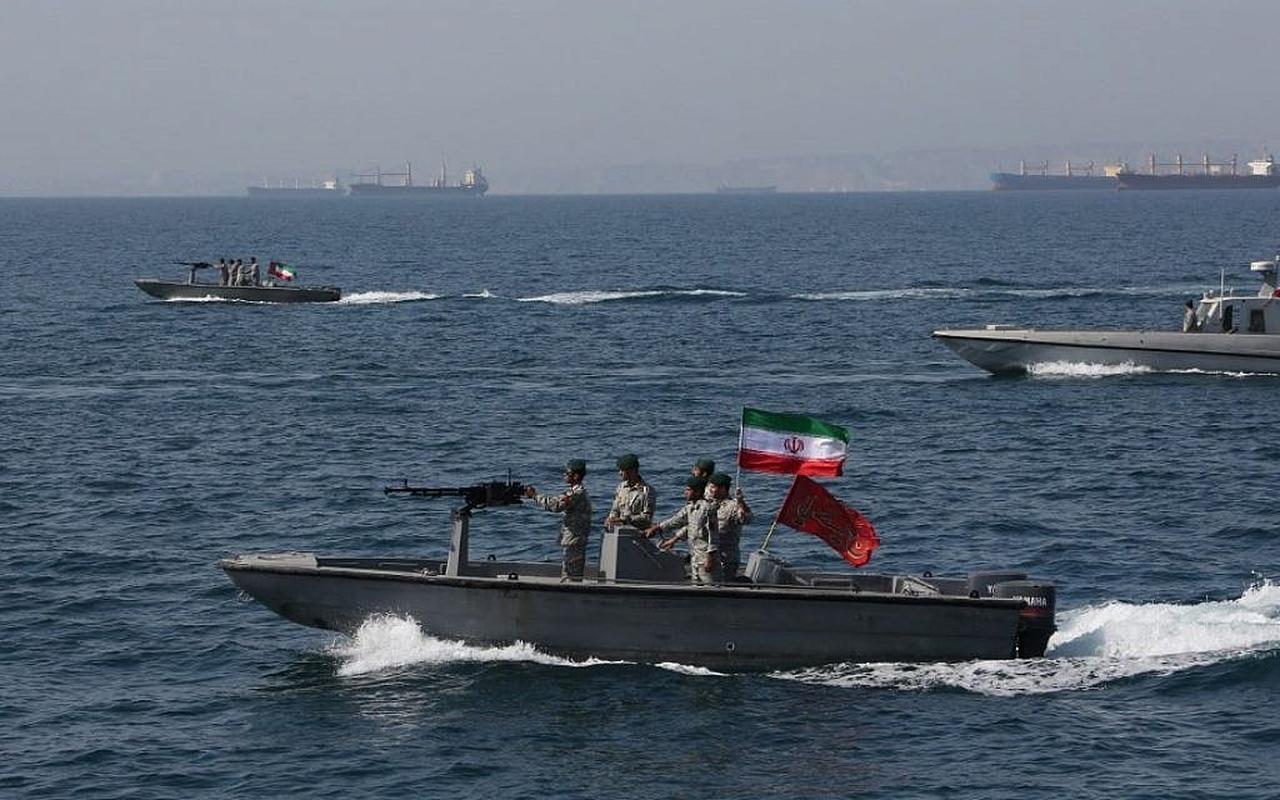
On June 13, the Middle East awoke to a markedly different reality. Israel struck decisively, targeting the upper echelons of Iran’s military leadership with precision reminiscent of operations against non-state actors. The attacks continued for hours, and notably, Iran offered no immediate retaliation, raising questions about Tehran’s next moves amid this unprecedented escalation.
Iran acknowledged the attacks, but officials claimed the sites had been evacuated in advance. Hassan Abedini, deputy political head of Iran's state broadcaster, noted that "enriched uranium reserves had been transferred from the nuclear centers" prior to the assault. Iran's Foreign Minister Abbas Araghchi responded with threats of "everlasting consequences" and affirmed that Iran would "reserve all options to defend itself."
Following these attacks by the US on Iranian targets, concerns have surged about a potential Iranian response that could severely impact the global energy market. Among the most pressing fears is the possibility that Iran might attempt to disrupt shipping through the Strait of Hormuz — a narrow but critical waterway through which much of the world’s oil supply flows.
The Strait of Hormuz is not just a regional concern; its strategic significance reaches far beyond the Middle East. A closure or even partial disruption of this vital corridor would reverberate across global markets, from energy prices to shipping logistics.
Observers and analysts warn, however, that Iran has limited strategic incentives to follow through on such a threat. There is “no net benefit” to impeding oil traffic under current conditions, any significant spike in oil prices could alienate key allies like China, and the U.S. naval presence would make a long-term closure extremely difficult.
Also, Iran has little to gain by closing the strait unless its own oil infrastructure is attacked.
However, according to Jakob Larsen, Chief Security Officer at BIMCO — one of the world’s largest international shipping associations — “any military confrontation between the two countries would risk serious consequences for global oil flows.” Given the strait’s role as a critical maritime corridor, the implications could be immediate and widespread.
The Strait of Hormuz lies between Iran, the United Arab Emirates, and Oman, connecting the Persian Gulf to the Arabian Sea. About 18 to 19 million barrels of oil — roughly one-fifth of global consumption — pass through the strait each day, according to the U.S. Energy Information Administration.
This makes the waterway one of the most important choke points in the global energy system. Any disruption to this flow could spike oil prices worldwide, impacting costs on everything from transportation to food.
The strait is particularly crucial for Gulf exporters such as Saudi Arabia, Iraq, the UAE, and Kuwait, who rely on it to ship oil to global markets. Iran itself also uses the passage for its crude exports, even under heavy international sanctions.
Despite its frequent threats to close the Strait of Hormuz, Iran gains little from doing so unless its own oil infrastructure is directly targeted. So far, Israeli strikes have not hit Iranian oil facilities, reducing the likelihood that Tehran would escalate to this level.
Disrupting the strait would not only cut off oil shipments to foreign markets but also strangle Iran’s own trade routes. Tehran continues to export significant volumes of oil, primarily to China and India, and those exports pass through the same waters it might consider blocking.
As a result, any aggressive move to restrict the strait would harm Iran’s last remaining economic survival options. Unless provoked by a direct attack on its oil infrastructure, Tehran has more to lose than to gain from such a decision.
Also, a prolonged disruption in oil shipping through the strait would likely result in higher global oil prices. While this might seem beneficial to oil-exporting nations, it could actually backfire for Iran by alienating its main customers — especially China.

Even if Iran were to attempt a blockade, its ability to enforce it for any meaningful duration is limited. The U.S. Fifth Fleet, stationed in Bahrain, maintains a constant naval presence in the region and would almost certainly intervene to keep the waterway open.
Military analysts argue that Iran lacks the naval power to sustain a full-scale closure in the face of U.S. and allied maritime forces. However, Tehran does possess asymmetric capabilities that could be used to harass commercial vessels and temporarily disrupt traffic.
These include laying naval mines or launching attacks on tankers — tactics that stop short of full closure but can still spike shipping insurance costs, delay deliveries, and inject volatility into global oil markets.
However, considering the Houthis’ recent activities in the Red Sea, it would not be unreasonable to assume that Iran possesses at least enough capability to cause disruptions significant enough to drive up oil prices.
Peter Sand, chief analyst at Copenhagen-based Xeneta, noted that any additional rerouting would drive shipping rates even higher, with carriers likely demanding a “security surcharge” on affected routes.
Iran’s current assessment of the situation and its chosen response could be less significant as the initial attack itself. This is because the scale and nature of Iran’s reaction may undermine its own deterrence, potentially weakening its strategic position rather than strengthening it.
How Tehran calibrates its response will be critical in shaping both the immediate conflict dynamics and long-term regional calculations.